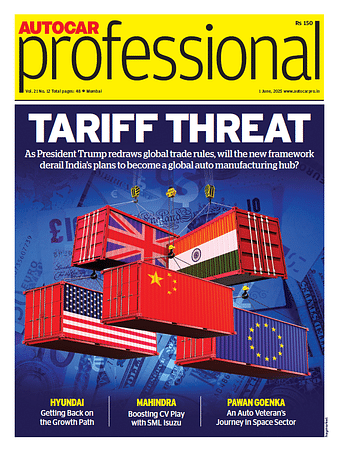Stellantis and CATL sign MoU to produce LFP batteries in Europe
Stellantis aims to leverage CATL’s lithium iron phosphate batteries to power its European electric vehicle production; the two firms agree to a 50:50 joint venture for a factory to support production of affordable electric cars.
The 14-brand Stellantis and CATL have signed a Memorandum of Understanding (MoU) for the local supply of LFP battery cells and modules to power Stellantis’ electric vehicle production in Europe. To further support Stellantis’ aggressive electrification strategy, the two companies are considering the possibility to form a joint venture with equivalent contributions.
The MoU outlines a long-term collaboration between CATL and Stellantis on two strategic fronts: building a technology roadmap to support Stellantis’ cutting-edge battery electric vehicles and identifying opportunities to further strengthen the battery value chain.
“This MoU with CATL on LFP battery chemistry is another ingredient in our long-term strategy to protect freedom of mobility for the European middle class,” said Stellantis CEO Carlos Tavares. “CATL is the industry leader in this sector and together with our iconic vehicle brands, we will bring innovative and accessible battery technology to our customers while helping us achieve our carbon net zero ambition by 2038.”
“We are very pleased to elevate our cooperation with Stellantis to a new level. With Stellantis’ time-honoured expertise in car manufacturing and CATL’s advanced battery technology, we believe the partnership will be a decisive step on both parties’ journey towards carbon neutrality goals,” said Robin Zeng, Chairman and General Manager of CATL. “We will remain dedicated to delivering more competitive and sustainable solutions for our partners to promote global energy transition.”
Featuring a long service life and high thermal stability, LFP technology can enable Stellantis to offer high-quality, durable, and affordable electric vehicles in passenger cars, crossovers and SUVs in the B and C segments.
As part of the Dare Forward 2030 strategic plan, Stellantis announced plans of reaching a 100% passenger car battery electric vehicle (BEV) sales mix in Europe and a 50% passenger car and light-duty truck BEV sales mix in the United States by 2030. Stellantis is on track to become a carbon net zero corporation by 2038. Stellantis is assembling a roster of partnerships to ensure a stable, low-carbon supply of key materials for its electrified future.
RELATED ARTICLES
Volvo Cars signs recycled steel supply pact with SSAB
The recycled steel will be used in selected components of the forthcoming, fully electric EX60 SUV, as well as other car...
Schaeffler and NVIDIA ink technology collaboration to advance digital manufacturing
Using NVIDIA Omniverse, Schaeffler is expanding its production elements, which will be integrated and simulated as digit...
BMW Group to industrialise Virtual Factory, slash production planning costs
What once required several weeks of real-world modifications and testing can now be precisely simulated in the BMW Group...





 By Autocar Professional Bureau
By Autocar Professional Bureau
 22 Nov 2023
22 Nov 2023
 4063 Views
4063 Views









